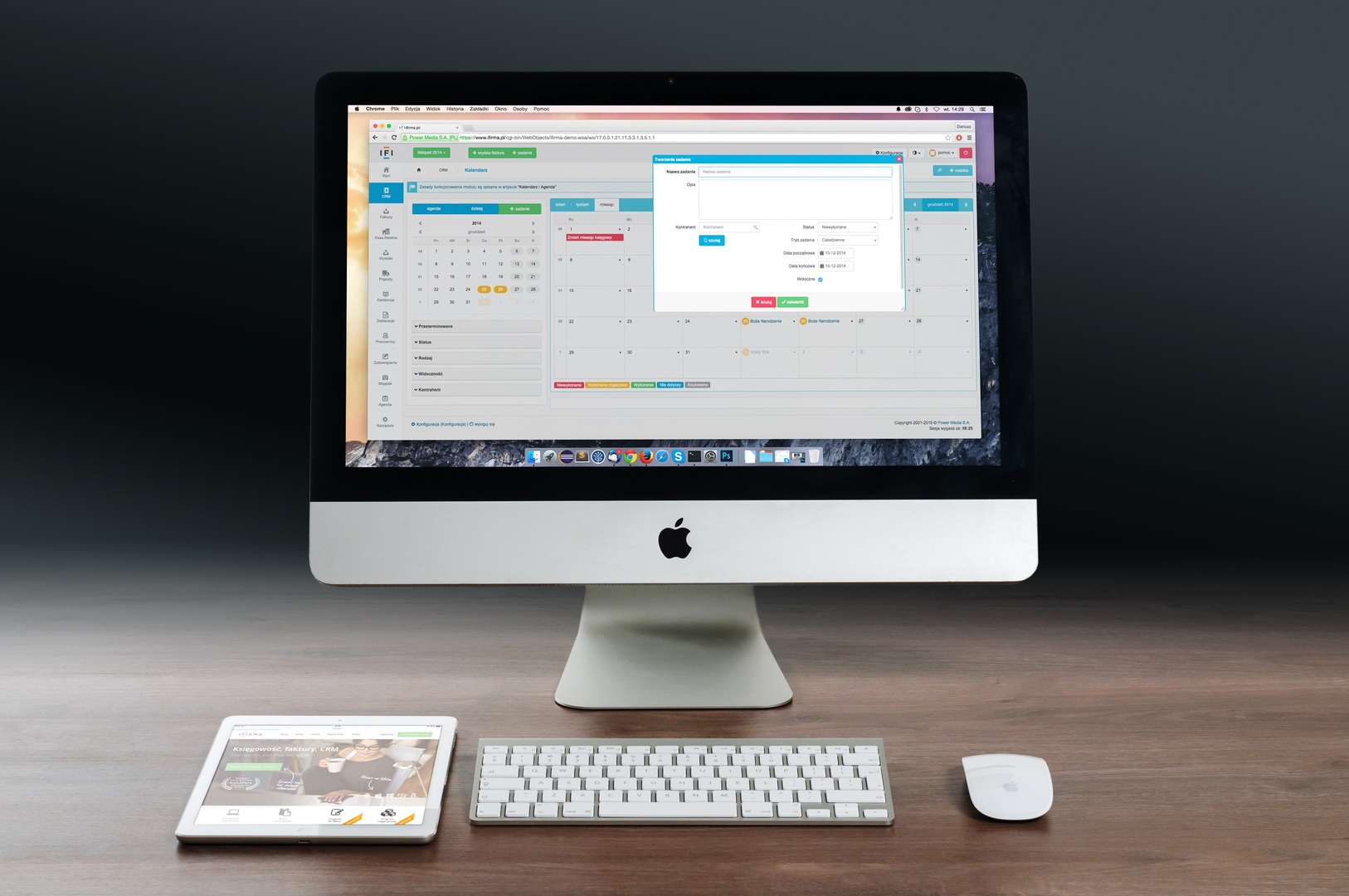Are you considering application virtualization for your organization? You might have heard of this as a way to simplify the roll-out of apps within your company or organization, or you may need to shift away from installing software on individual devices as more and more of your teams are operating remotely.
But perhaps you’re unsure about the benefits or you’re concerned about certain possible drawbacks.
Here’s what you need to know about application virtualization.
What Is Application Virtualization?
Application virtualization is a way of delivering software inside a virtual structure, without needing the software to be installed on individual devices. The user can access the virtualized application on-demand, leveraging their individual device’s hardware.
Note that application virtualization isn’t the same thing as virtual desktop infrastructure (VDI). With application virtualization, only the application is virtualized, not the whole operating system.
Advantages of Application Virtualization
Reduced Ongoing IT Costs
Application virtualization lets you use fewer servers and other resources for the same level of performance. As well as meaning you’ll have less hardware to purchase and maintain, this reduces your organization’s energy costs.
Plus, once your applications are virtualized, your IT staff won’t need to spend nearly so much time on administration and management. More processes can be automated, rather than being done manually.
Employees (or Students) Can Work From Anywhere
With application virtualization, all apps can be accessed from all workstations. This means that employees won’t need to access a specific machine, or students won’t need to access a specific computer lab, in order to use an application.
Users can also work remotely much more easily. The app will perform as well as if it was locally installed.
Users Can Work on Their Own Device
Many employees, students, or members of your organization will prefer to use their own device rather than one that you’ve provided for them. This is often called “BYOD” – bring your own device.
Application virtualization lets users access the apps they need from their own device. This means they can use a device that they’re highly familiar with, and set things up how they want. For instance, some users might like to use a laptop so they can work from a coffee shop, and others may want to use a high-end desktop with a dual monitor setup so they’re as productive as possible. This can be easily accommodated through application virtualization.
Many virtualized apps are OS independent, too, meaning that users won’t necessarily all need to be using the same operating system.
Apps Can Be Easily Kept Updated
With application virtualization, it’s easy to keep apps up to date. Your IT department won’t need to roll out updates to lots of machines, and end users won’t need to do anything. You can simply update the application on the server.
Drawbacks of Application Virtualization
High Upfront Costs
One reason that companies don’t switch to application virtualization is because there’s a high upfront cost. You’ll likely need to purchase servers plus software licenses, and this can create a hefty bill. However, the ongoing savings will quickly make this worth it.
Not All Software Can Be Virtualized
The need to package and virtualize apps means that not all applications will be able to be run in this way. If your company has a very large number of applications, or a lot of customized or complex applications, this could make it time-consuming or even impossible to virtualize everything.
Is application virtualization right for your organization? In many cases, it will be a great option. You may also want to consider VDI (virtual desktop infrastructure) if you want to use the power of the servers rather than the hardware power of users’ end devices. This gives even more flexibility for “BYOD” and can be a better option for some companies.










